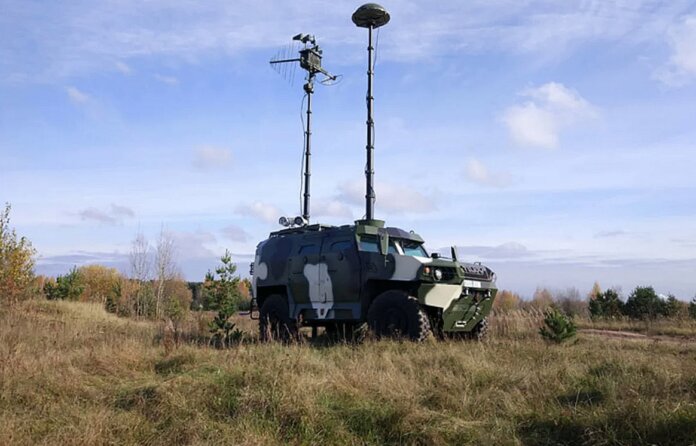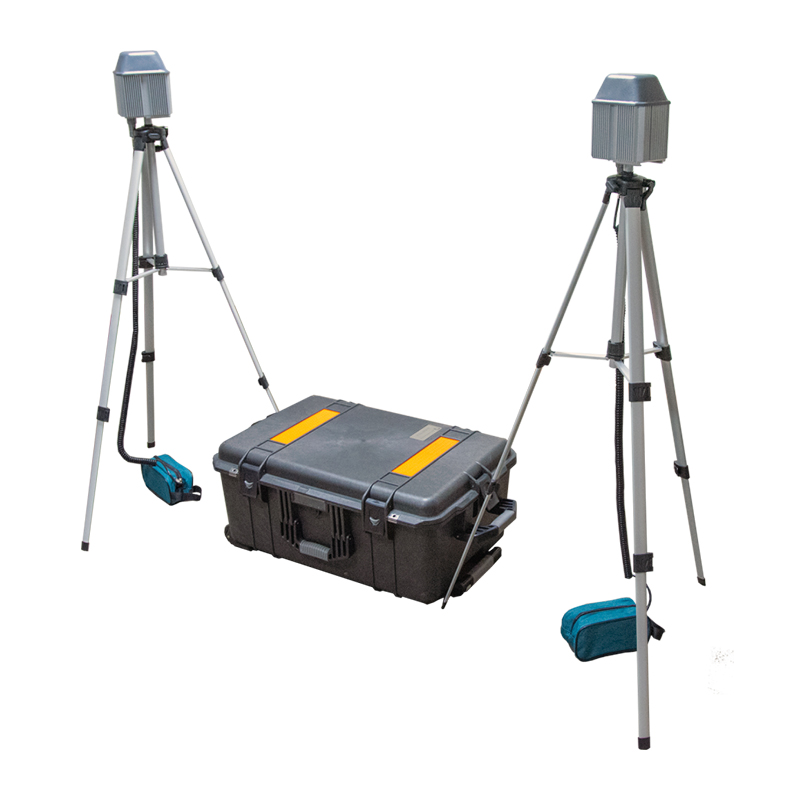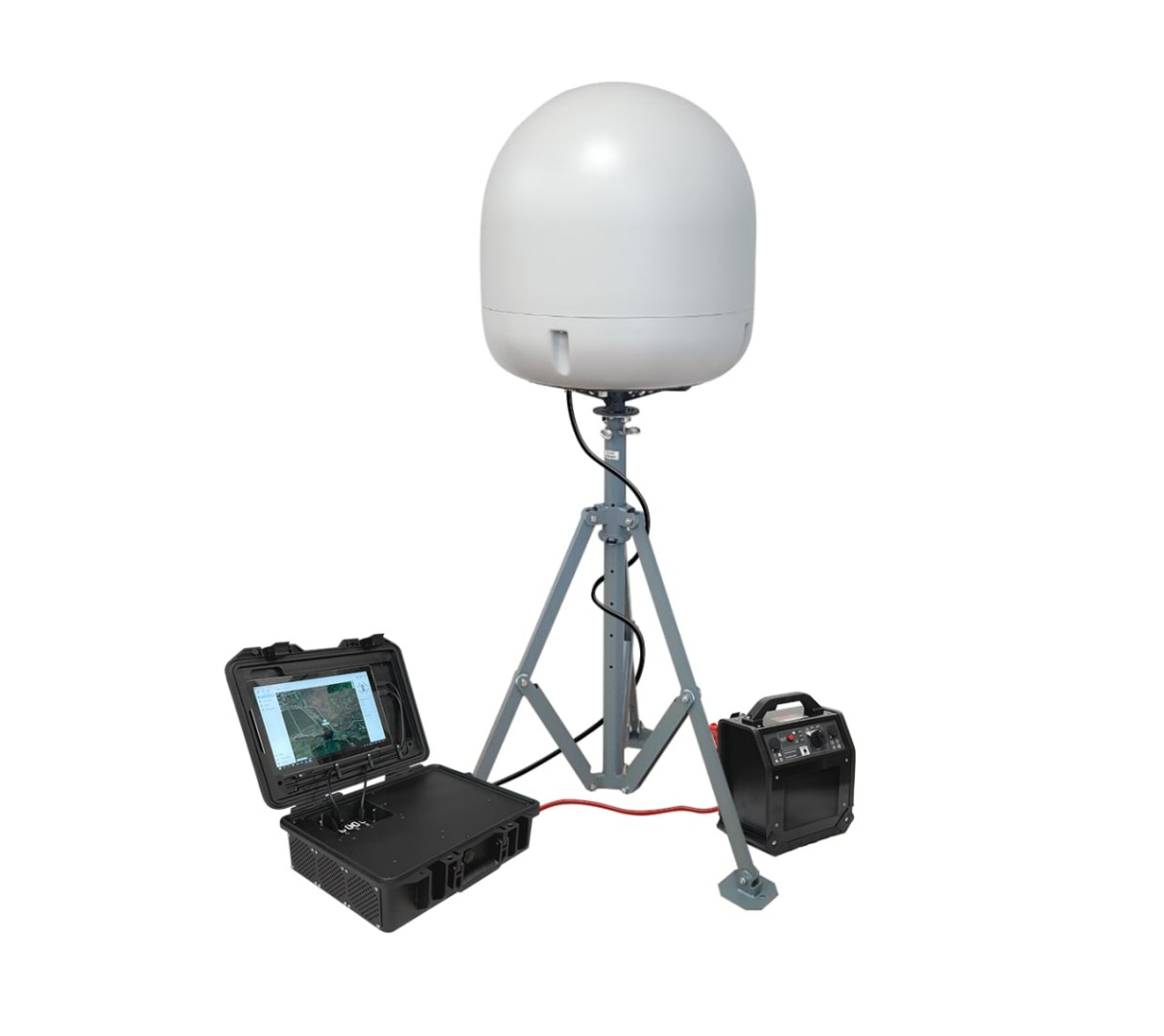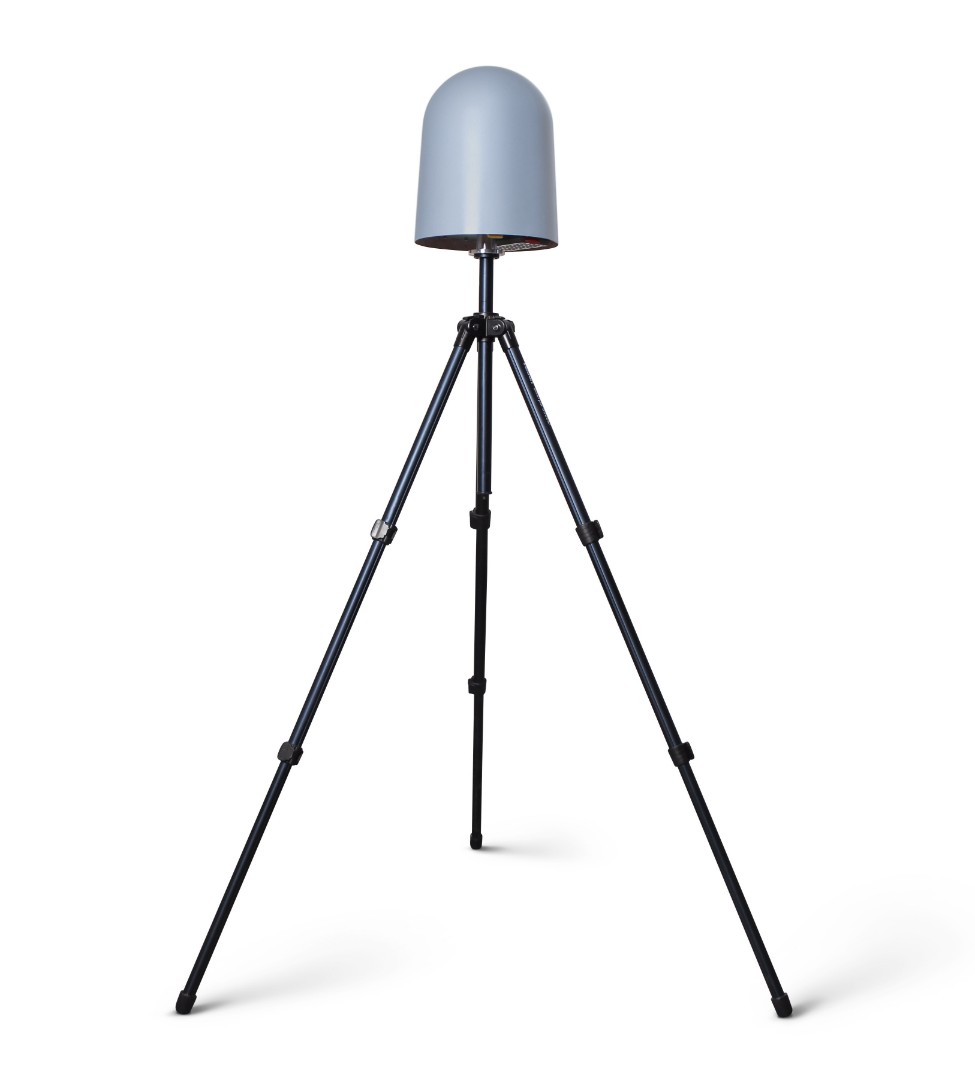
A Russian military manual provides useful details on how Russian land forces counter uninhabited aerial vehicles at the tactical level.
As Armada highlighted in a recent article we have obtained a Russian language manual discussing the use of first person view Uninhabited Aerial Vehicles (UAVs) by Russian land forces. The manual was published earlier this year. The previous article highlighted some of the electromagnetic characteristics of these aircraft. This discussion will detail the tactical Counter UAV systems (CUAV) that Russia’s land forces deploy which are also detailed in the manual.
Details already exist in the public domain regarding several Russian CUAV systems which tend to be deployed from the tactical edge to distances of circa four kilometres (2.5 miles) behind the frontline. For example, the Aviaconversia system primarily targets Global Navigation Satellite System (GNSS) signals. Used point target defence, Aviaconversia has some utility against UAVs relying on GNSS Position, Navigation and Timing (PNT) signals. The system can use either omnidirectional antennas or a directional Yagi antenna and emits four watts/W of power. It jams PNT signals transmitted by the US Global Positioning System and China’s Beidou constellations across wavebands of 1.1 gigahertz/GHz to 1.6GHz. Additional GNSS jamming is provided by the Barrier R1N which is designed for point target protection. Covering wavebands of 1.125MHz to 1.675MHz, Barrier R1N provides up to ten watts of output power using two antennas each of which cover a 180-degree radius.
Joining Aviaconversia is the Silok-2 which attacks RF links between the aircraft and its pilot on frequencies of 2.4GHz and 5.8GHz. These are the standard frequencies providing the pilot-aircraft RF (Radio Frequency) control link for civilian-standard drones. Silok-2 uses several antennas to give 360-degree coverage while four directional antennas can augment the system for directional jamming.
From a doctrinal perspective, Russian land forces tactical CUAV deployment focuses on static systems to protect point targets and mobile equipment. Latter capabilities include vehicle-mounted equipment and individual rifle-style anti-drone guns. Presumably, the latter are used to either plug gaps in existing CUAV coverage at the tactical edge and/or accompany land forces to provide tactical protection during manoeuvre. For example, the Pishal CUAV apparatus which has a rifle-style configuration and open sources claim it has a range of up to two kilometres/km (1.2 miles). Pishal can attack the RF links the UAV depends on across frequencies of 600MHz to six gigahertz.
Static Systems
Static systems are used for UAV detection and tracking, and the point defence of specific targets. SkyPoint-2 detects both the aircraft and operator via their RF emissions. It can detect a UAV at a range of 1.5km (one mile) and covers frequencies of 2.4GHz, 5.2GHz and 5.8GHz. Directional jamming is provided by the Argus-5000 which targets frequencies of 433MHz, 900MHz, 1.5GHz, 2.4GHz, 5.2GHz and 5.8GHz. An optional additional bandwidth of 1.2GHz can be provided. Argus-5000 gives seven jamming channels each of which produces between 20W and 50W of power.
Other systems designed for static deployment include the SkyHunter-4M/P, the latter of which is designed for use in harsh climates. SkyHunter-4M/P detects UAVs using control frequencies of 400MHz to 512MHz, 860MHz to 873MHz, 902MHz to 928MHz, 1.070 gigahertz/GHz to 1,370GHz, 2.265GHz to 2.615GHz, 5.150GHz to 5.350GHz and 5.725GHz to 5.875GHz. Jamming signals are transmitted by the system across wavebands of 430MHz to 450MHz, 860MHz to 873MHz, 902MHz to 928MHz, 1.575GHz to 1.602GHz, 2.4GHz to 2.484GHz, 5.150GHz to 5.350GHz, 5.725GHz to 5.875GHz.


Groza and Lesochek
Larger tactical CUAV systems employed by Russian land forces include the Groza-S mobile equipment which is usually mounted onboard light armoured vehicles to improve mobility. Groza-S detects and suppresses CUAV frequencies across wavebands of 100MHz up to six gigahertz. Along with being deployed to Ukraine, open sources say Groza-S has deployed to Syria and Libya. In Syria, the system helps protect Russian forces supporting the regime of local dictator Bashir al Assad. Groza-S systems have also been supplied to Libyan warlord Khalifa Haftar.
Other dedicated military systems include the RP-333P variant of the RP-377 Lesochek portable electronic countermeasure. The latter was developed as a jammer to be used against radio-activated improvised explosive devices. It entered service with the Russian military in 2012. Details on the frequencies used by the RP-333P are spare but it is thought to cover a 30MHz to six gigahertz waveband. The RP-333P equips vehicles, has a backpack configuration and can be used statically. Russian land forces also use the Repellent-1 CUAV apparatus, the performance of which has been subject to scrutiny.
The breadth of Russian tactical CUAV systems reflects Russian land forces Electronic Warfare (EW) doctrines which heavily emphasise the exploitation of EW for electronic protection. Static CUAV systems help provide an electromagnetically sanitised area in which the manoeuvre force can operate. As matters stand in Ukraine at present, this suits Russia’s operational posture. Frontlines remain largely fixed with both sides struggling to make significant operational headway. The challenge for Russian land forces will be if the war assumes a significantly more mobile dimension. Such an operational and tactical change will test the provision of on-the-move CUAV protection.

by Dr. Thomas Withington












